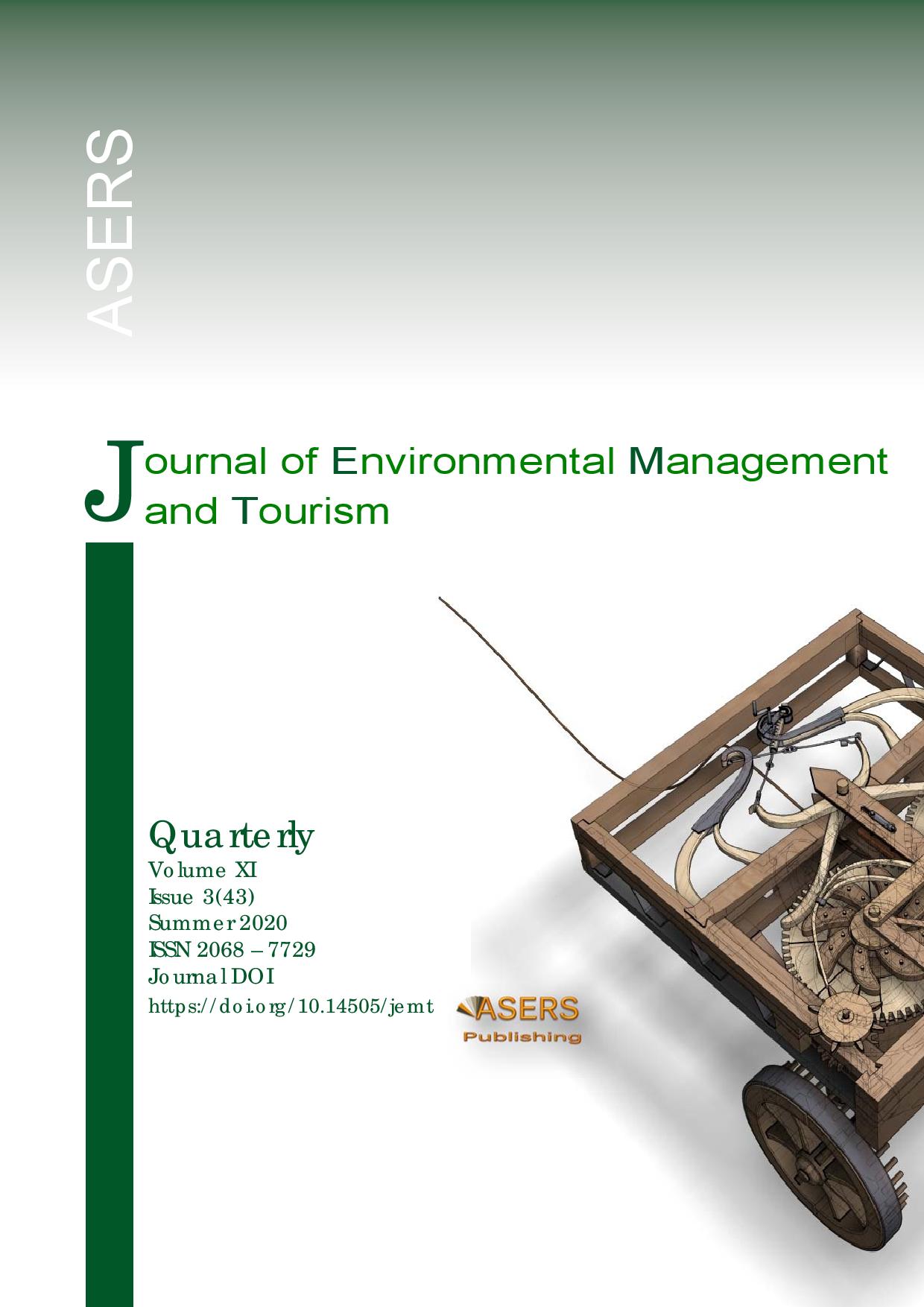The Needs for Determining Degradation Risks from Temperature and Relative Humidity of Post-Byzantine Church Indoor Environment
The Needs for Determining Degradation Risks from Temperature and Relative Humidity of Post-Byzantine Church Indoor Environment
Author(s): Laura Shumka, Leonidha Peri, Entela LatoSubject(s): Archaeology, Economy, Energy and Environmental Studies
Published by: ASERS Publishing
Keywords: indoor climate control; humidity; standards; post-byzantine; temperature; environmental conditions;
Summary/Abstract: Monitoring and dealing with particular conditions related to relative humidity (RH) and temperature within different cultural objects including post-byzantine churches are of primary importance for the current conservation and advancement. The objective of this paper is to explore and discuss how standards can be implemented and guide the decision processes in order to facilitate a sustainable management of cultural buildings. Following the particularities of the interface of Mediterranean and continental climate conditions, here is introduced a general climate risk assessment method, which determines how indoor climates fit into the selected post-byzantine cultural objects in Albania. A relative humidity over 75% and temperature frequently over 30°C within several churches is been assessed as a high risk of sudden or cumulative mechanical damage to most artefacts and paintings because of high humidity. Predicting preservation is an important aspect in preventing damage to objects. This paper also describes the historical and scientific background to the current discussions.
Journal: Journal of Environmental Management and Tourism (JEMT)
- Issue Year: XI/2020
- Issue No: 03 (43)
- Page Range: 601-605
- Page Count: 5
- Language: English
- Content File-PDF

